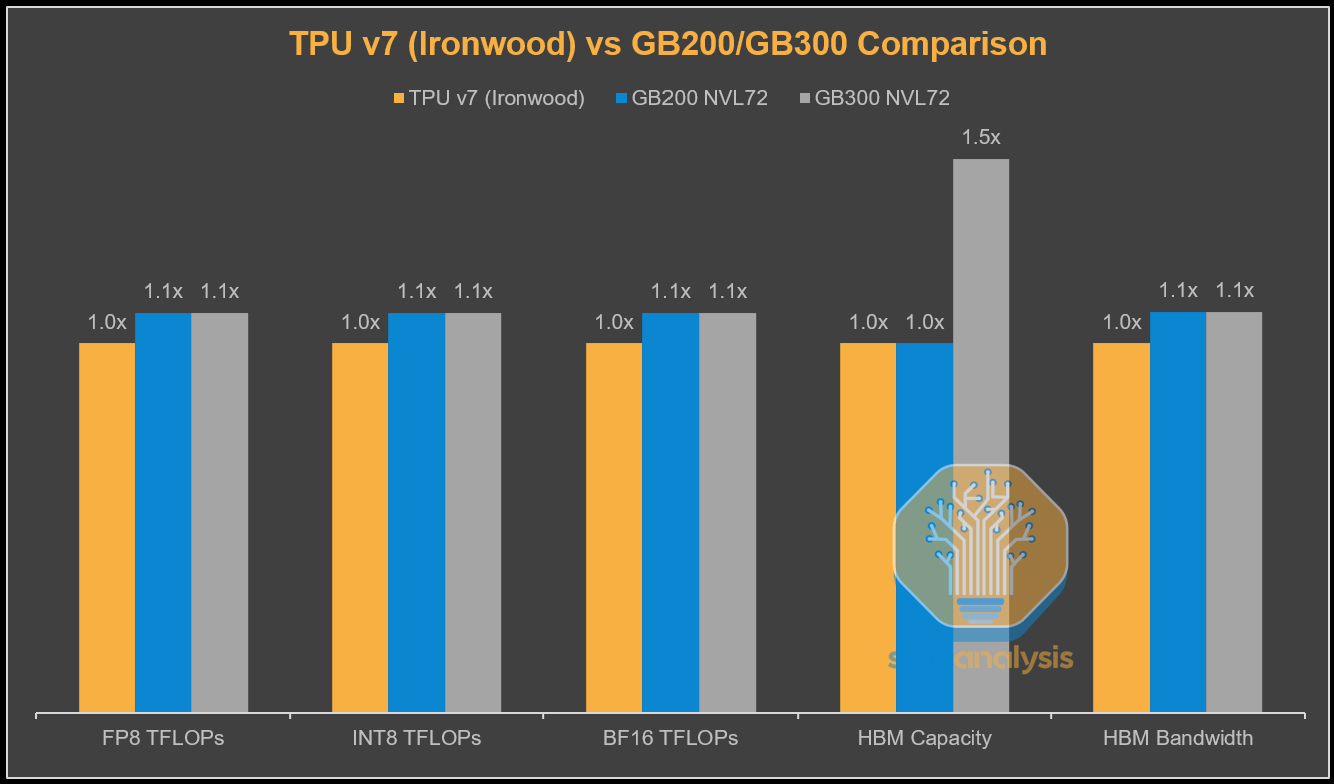Serverless is a hot topic in Cloud, so as Infrastructure as Code(IaC). Infrastructure as code (IaC) tools allow you to manage infrastructure with configuration files rather than through a graphical user interface. IaC allows you to build, change, and manage your infrastructure in a safe, consistent, and repeatable way by defining resource configurations that you can version, reuse, and share.
It’s quite easy to get used to Terraform if you are familiar with CloudFormation as they all being tools to implement infrastructure as code on Cloud Provider, such as AWS. It’s a cornerstone of DevOps, designed to boost the agility, productivity and quality of work within organizations.
This article will cover: the basic components of deploying lambda, and related step to set up a lambda through Terraform.








